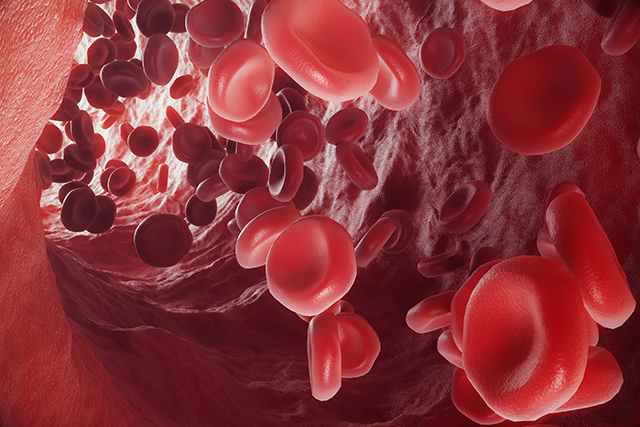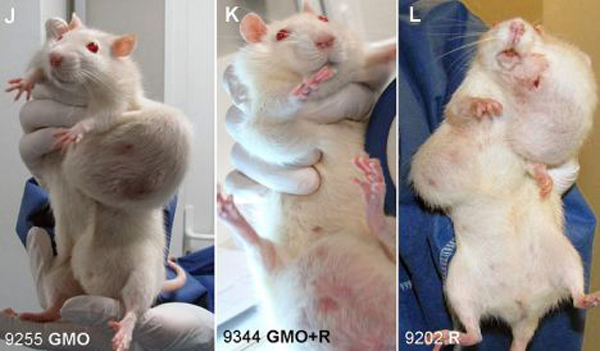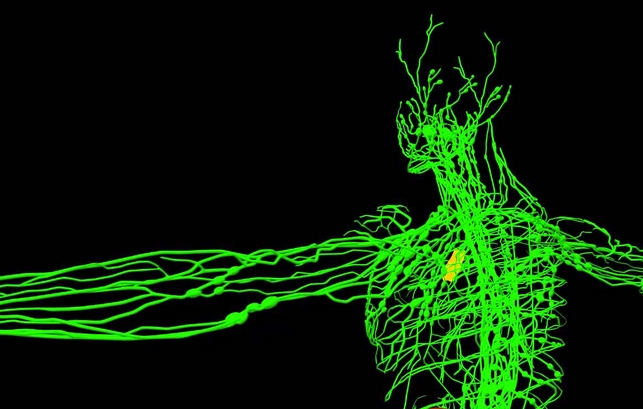New treatment for pancreatic cancer shows that heating and freezing cells causes them to die off
11/12/2018 / By Michelle Simmons

Dual thermal ablation, a process that involves heating and freezing, can be a potential treatment for pancreatic cancer as it kills pancreatic cancer cells, according to a study published in the journal Liver and Pancreatic Sciences.
The study was carried out by a team of researchers from Binghamton University in New York who utilized pancreatic cells in order to assess the effect of healing and freezing on cell death. They conducted the study in search for alternative treatments for pancreatic cancer that are less invasive and more effective, as chemo and radiation therapies do not work.
In conducting the study, the research team obtained commercially sold pancreatic cancer cells and grew them on specialized plasticware. They tested whether freezing and heat in combination is more effective in killing pancreatic cancer cells compared to freezing or heating alone. They heated and froze cancer cells with the use of different technologies to identify the level of cell death, on regrowth and which cell stress pathways were activated.
“If you freeze pancreatic cancer cells like you do in cryoablation, a lot of them die, but some will survive and regrow. If you heat them, they’ll die, but again some will come back. But with dual-thermal ablation, for reasons that we do not yet understand, more die and don’t come back. In fact, over time, cells that survive the initial insult continue to die,” said Robert Van Buskirk, of the Binghamton University.
The findings of the study revealed that when cells are disturbed, such as when they are frozen or heated, different cell stress pathways are activated. Van Buskirk explained that cells, particularly cancer cells, will activate pathways to protect themselves. He also said that modulating these stress pathways is the solution to make the heating and freezing ablation process more effective, which could result in the development of a new way to get rid off cancerous pancreatic tumors.
More on pancreatic cancer
Pancreatic cancer starts to develop in the tissues of the pancreas, an organ in the abdomen that is located horizontally behind the lower part of the stomach. The organ is also responsible for releasing enzymes that aid digestion and hormones that help regulate blood sugar levels. Pancreatic cancer usually spreads quickly to nearby organs and is seldom detected in its initial stages, as its signs and symptoms do not occur until it has advanced.
Its signs and symptoms may include pain in the upper abdomen that radiates to the back, loss of appetite or sudden weight loss, depression, new-onset diabetes, blood clots, fatigue, and yellowing of the skin and the whites of the eyes. An individual is more likely to develop pancreatic cancer if he or she has chronic inflammation of the pancreas, diabetes, obesity, family record of genetic syndromes, or family record of pancreatic cancer. Moreover, people who smoke and are older than 65 years are also at risk.
The American Cancer Society estimates that approximately 55,440 people will be diagnosed with the cancer in the United States in 2018, and approximately 44,330 people will die from it. The risk of the cancer can be reduced by refraining from smoking, maintaining a healthy weight, and following a healthy diet. (Related: Green Tea and IP6: Effective Pancreatic Cancer Preventative and Treatment.)
If you’d like to read more news stories and studies on cancer treatments, you may go to CancerSolutions.news.
Sources include:
Tagged Under: cancer treatment, cancer tumors, cryoablation, dual thermal ablation, freezing, heating, hyperthermia, Oncology, pancreas, pancreatic cancer, thermal therapy



















